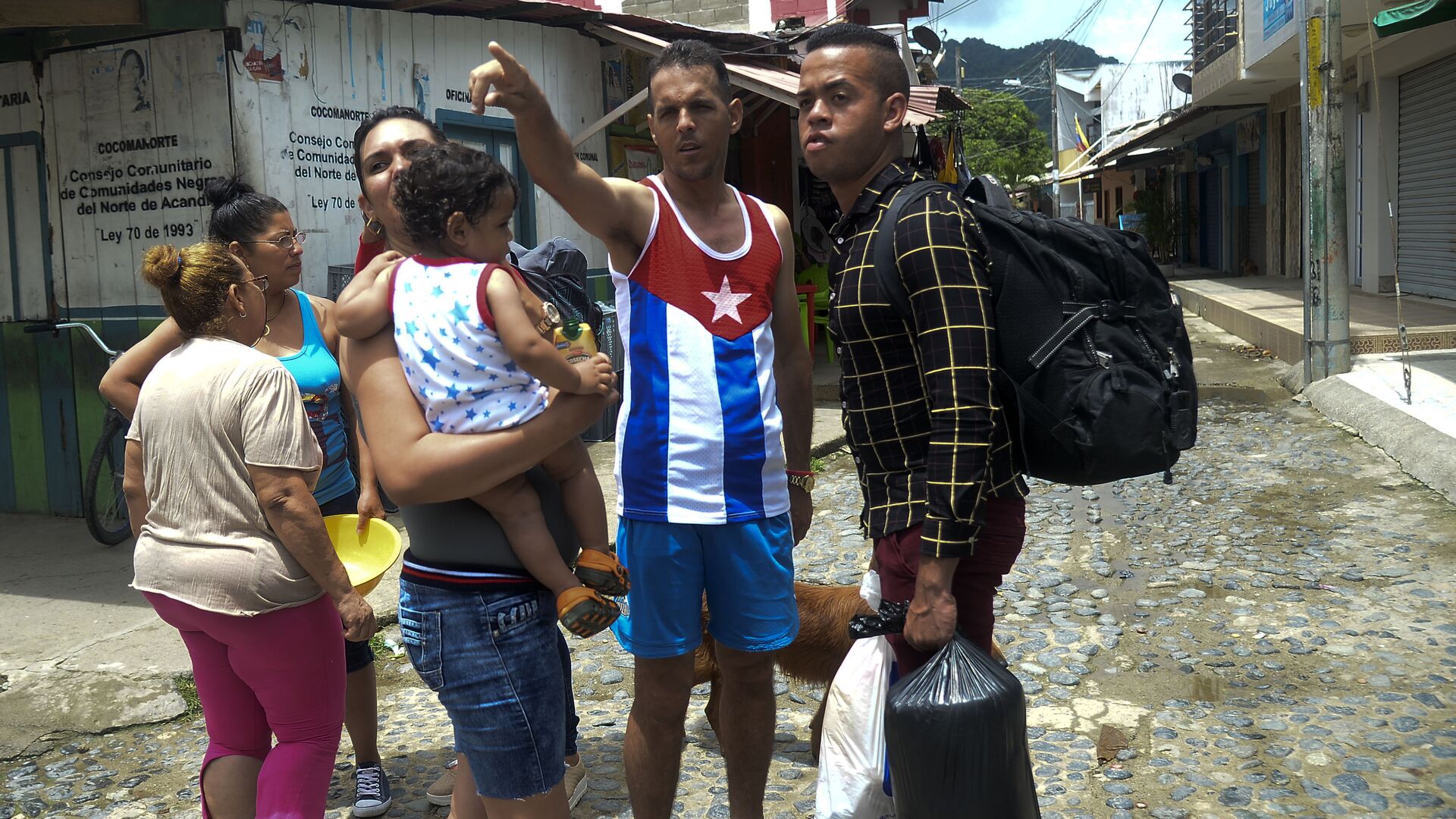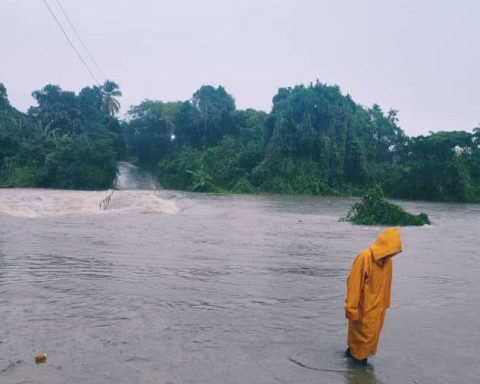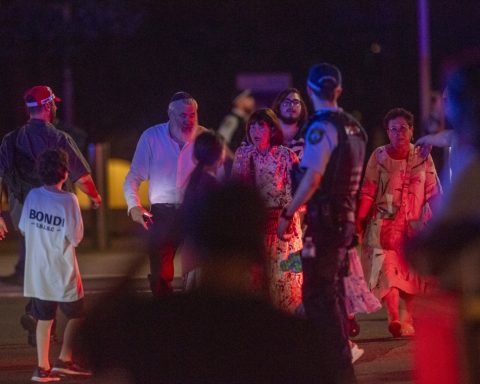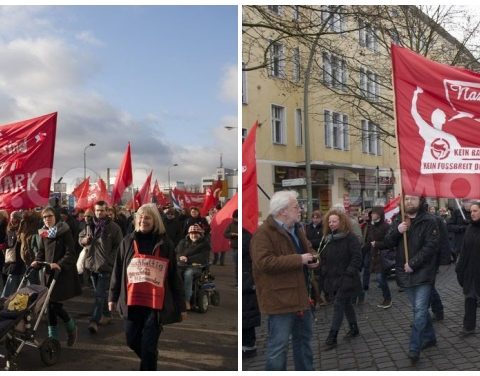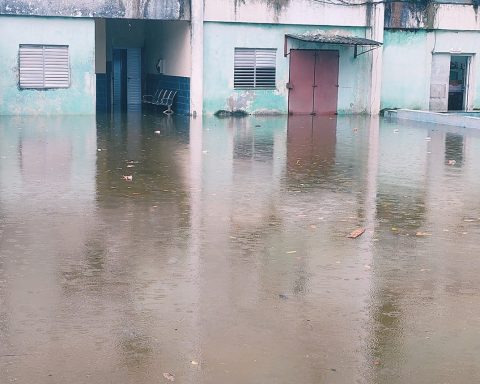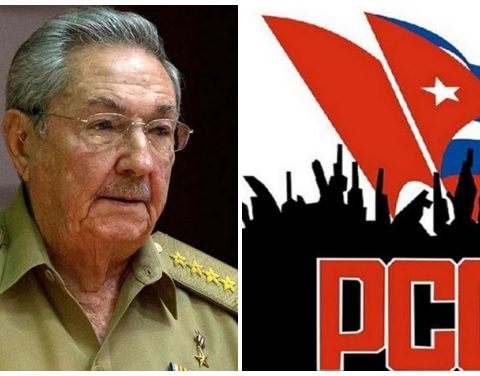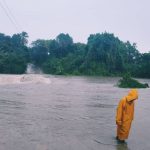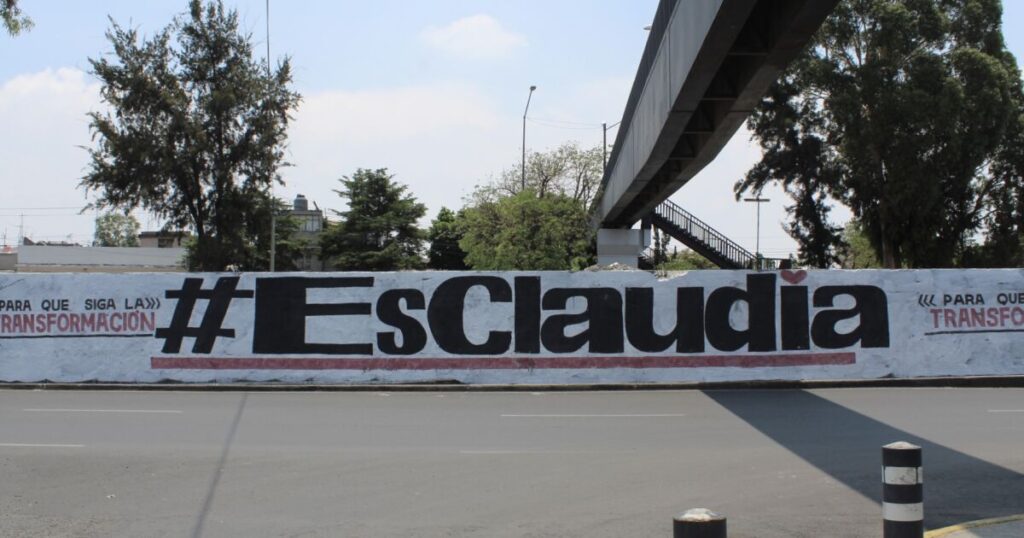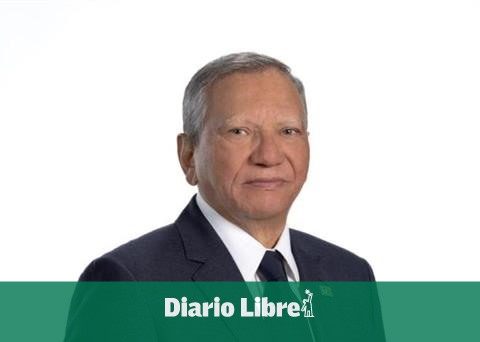Ángel Antonio and Arlyn Torres are two young Cubans who, like tens of thousands in recent monthshave sold everything to cross Central America irregularly and reach USA in search of “a normal life”, which in his country “is very difficult”.
The young couple, who this Thursday was on the border of Guatemala and Mexico, detailed their plans, their dreams and their fears in an interview with Eph just two days before leaving Cuba, a testimony that reflects the migratory situation that the country suffers.
The “normal” life they are looking for, says Ángel, “is that it is not a problem to have food, a house of our own and independence with our own income from our work.” “And that in Cuba is very difficult,” he adds.
Both have joined the tens of thousands of Cubans who take advantage of the decision made by Nicaragua last November not to request a visa from Cubans to start a journey whose final destination is to reach the United States and “start from scratch.”
Even though it is a complicated journey, since they expose their lives too much to the mercy of the “coyotes” —as the region’s migrant smugglers are known—, not to mention the high economic cost or the possibility of being deported, Arlyn and Ángel They left Cuba this weekend “without looking back.”
Between October and April, about 115,000 Cubans have arrived through the Central American route of Arlyn and Ángel to the US border, according to the Office of Customs and Border Protection (CBP). In the largest migratory wave in recent Cuban history, 125,000 people marched across the “mariel bridge” in 1980.
Fear “does not stop us”
“We are afraid, we have sold everything, they can deport us and there are stories of people who have even been killed, so it is best not to think too much about it,” says Arlyn, who at 30 is an Accounting graduate and worked as a cashier. in a private cafeteria in Old Havana.
Her boyfriend, a 27-year-old cigar factory operator, never thought of leaving, but “a cluster of things” led them to make the decision. “Both of us were admitted for COVID-19 and food began to be scarce,” he says.
“We have plans to have children. So we thought, how are we going to feed our children without that stress of where to get the food without being in the making?”, she points out.
Ángel underlines his determination in the face of the lack of “hope” in Cuba. He emphasizes that they have contracted a debt of thousands of dollars with relatives in the United States and is aware of “the uncertainty of not knowing if we will arrive.” “But no one stops us,” he adds.
The route
Ángel and Arlyn opted for the “Nicaragua” route. The Central American route, with all the risks that it entails, is the route most used in recent years by Cubans leaving for the United States, because the sea is much more dangerous.
Applying for a migrant visa to the United States is very difficult, expensive, and uncertain. The US embassy reduced its consular services in Havana to a minimum in 2017 and only this year began to gradually increase them. Most are processed in third countries.
The couple will cost a total of $23,000 for the trip, including plane tickets, lodging, transportation and, of course, payment to a “coyote” recommended by a friend and a cousin, who preceded them on that route and who They are already on US soil.
The journey, as they say they have been told, begins when they arrive at the Managua airport from Havana. There they are waiting for them and they recognize them thanks to photos of how they are dressed and of the passage.
“They pick us up and take us to a hostel to leave the next day by taxi to the border with Honduras. We crossed it on foot and looked for the safe-conduct. And then, without sleeping or anything, we continued towards Guatemala”, says Arlyn.
In that country “things get complicated” because “they don’t give you any paper to have security,” he continues.
“They say that it is where it is worst, because in a guagua (bus) we have to go lying on the floor so that when they go down the road they are not stopped by the police or the people from Immigration,” explains the young woman, who says that “they are like twelve hours lying on the floor without moving, neither stopping nor to do the necessities”.
The Central American migratory route: testimony of a Cuban migrant (I)
Once at the border, they cross a river on a “little raft” to the Mexican city of Tapachula, “where we wait for the humanitarian visa, which is given quite quickly: in two or three days,” Arlyn details.
With that document, continues the young woman, “you can go all over Mexico because you are legal there”, so what remains is to cross the country and “turn yourself in at the border” with the United States.
The “coyote” that they will use charges 5,500 dollars per person, but apart from that they must have about 1,200 more in cash that they pay along the way.
Start from scratch… in Miami
Ángel says that neither he nor his wife “are afraid of work.” In the United States, specifically in Miami, where his relatives live, they go “to work in whatever, as long as it is worthy.”
She says that “the first thing is to pay the debt, then settle down, work, become independent and start a family.”
“Our dream is to have our place, our little house, and we have had to do all this because living together in Cuba is complicated, almost no couple can live alone and that always brings problems,” Arlyn describes, referring to the chronic housing shortage in the island.
The increase in Cuban migration is determined, first of all, by the serious economic crisis that the country is going through, as a result of the combination of the pandemic, the increase in US sanctions and errors in macroeconomic management. There are also those who leave because of political repression.
The Cuban government also accuses the United States of promoting irregular migration by facilitating residence for its nationals with the Cuban Adjustment Act and by failing to comply with “its legal obligation to grant no less than 20,000 visas per year,” according to a bilateral agreement. .
Does it hurt to leave Cuba?
“Yes”, the two young people respond in unison. For her, “it’s not just leaving Cuba: it’s the family, the neighborhood, my country.” But they see no alternative. If not, she points out, “we will never achieve our dream.”
“With pain in their souls and tears in their eyes, our close friends and family have told us: ‘Move forward!’ And they do it aware of the situation that exists, because they have lived through stages like this or worse and they know the shortcomings, ”says Ángel.
Arlyn is clear: “You have to fight for dreams and unfortunately this is not going to change, there is no hope. You have to take risks.”
Efe / Laura Becquer.
